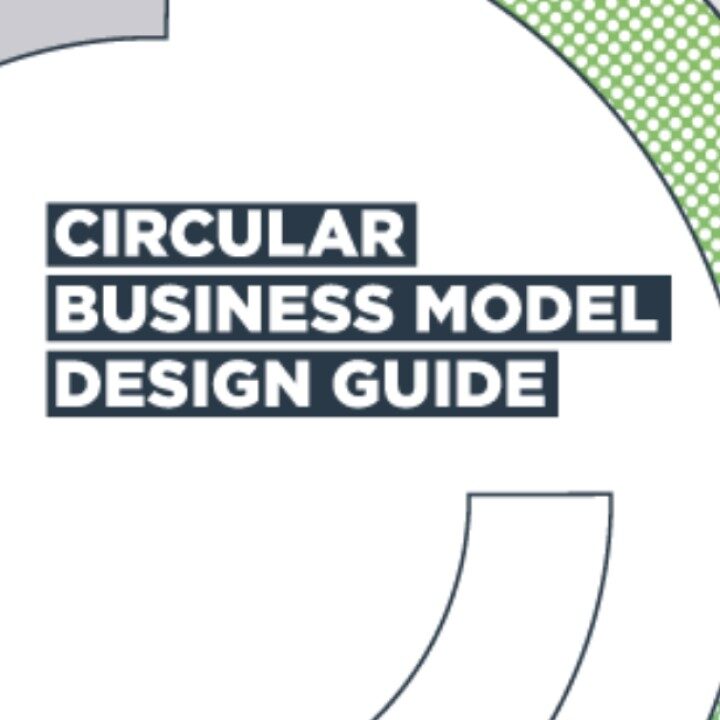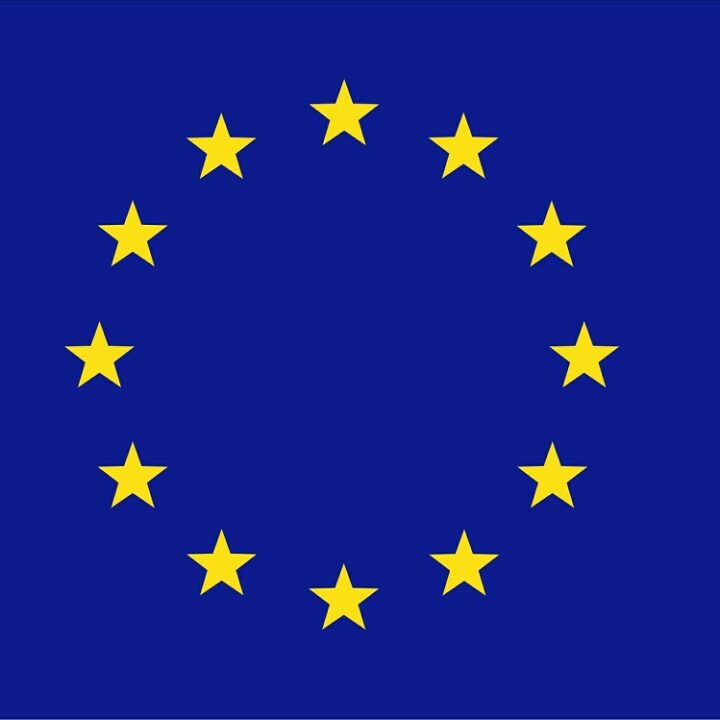CE-Hub, 2024
A New Circular Economy Action Plan
2020, European Commission
There is only one planet Earth, yet by 2050, the world will be consuming as if there were three 1 . Global consumption of materials such as biomass, fossil fuels, metals and minerals is expected to double in the next forty years 2 , while annual waste generation is projected to increase by 70% by 2050 3 .
As half of total greenhouse gas emissions and more than 90% of biodiversity loss and water stress come from resource extraction and processing, the European Green Deal 4 launched a concerted strategy for a climate-neutral, resource-efficient and competitive economy. Scaling up the circular economy from front-runners to the mainstream economic players will make a decisive contribution to achieving climate neutrality by 2050 and decoupling economic growth from resource use, while ensuring the long-term competitiveness of the EU and leaving no one behind.
To fulfil this ambition, the EU needs to accelerate the transition towards a regenerative growth model that gives back to the planet more than it takes, advance towards keeping its resource consumption within planetary boundaries, and therefore strive to reduce its consumption footprint and double its circular material use rate in the coming decade.
For business, working together on creating the framework for sustainable products will provide new opportunities in the EU and beyond. This progressive, yet irreversible transition to a sustainable economic system is an indispensable part of the new EU industrial strategy. A recent study estimates that applying circular economy principles across the EU economy has the potential to increase EU GDP by an additional 0.5% by 2030 creating around 700 000 new jobs 5 . There is a clear business case for individual companies too: since manufacturing firms in the EU spend on average about 40% on materials, closed loop models can increase their profitability, while sheltering them from resource price fluctuations.






